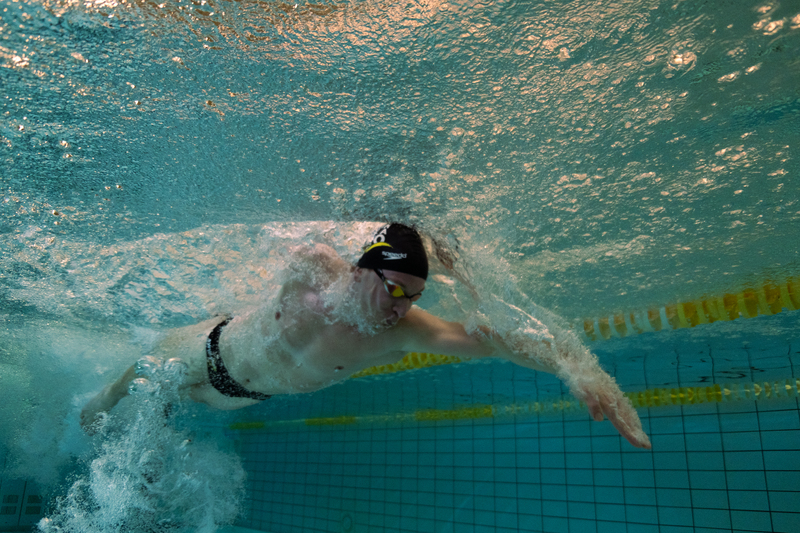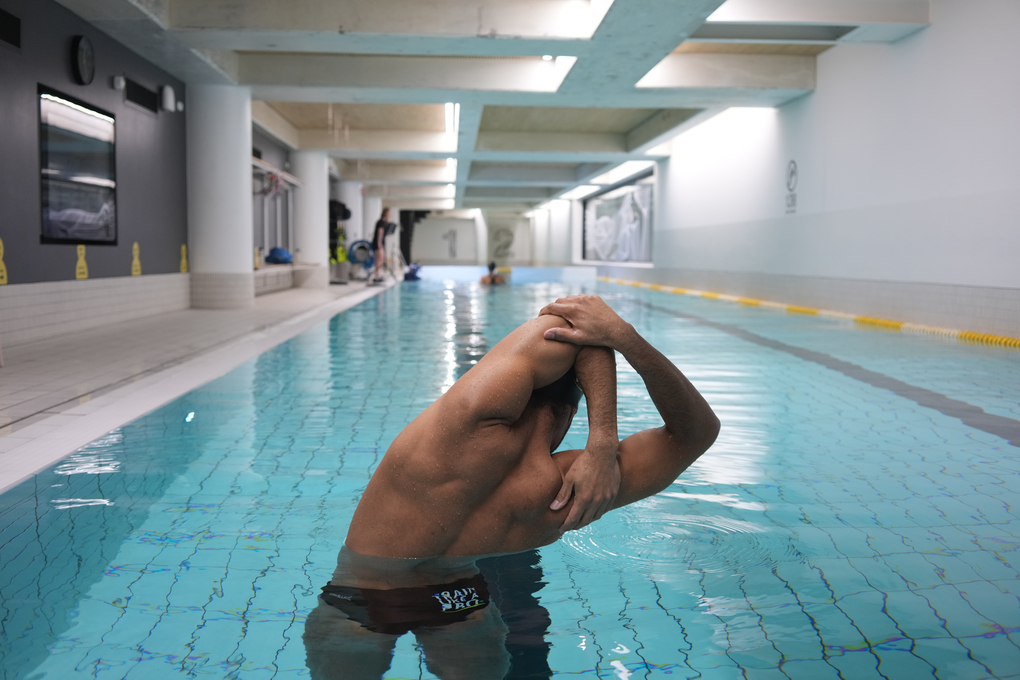Swimming blog - TRAINING Avoid these common mistakes during warm-up
Professional swimmers sometimes spend more time on their warm-up routine than on the actual workout, especially when they warm up for a race. A proper warm-up for pro swimmers can be up to 2000 meters and includes speed builds, technique drills and kicking. It prepares them physically and mentally to get the best results in training. But how should you do your warm-up? Here are 5 common warm-up mistakes you need to avoid.
Skipping the warm up
Skipping the warm up sounds tempting, especially when socializing on the pool deck is your cup of tea. The warm up prepares the body steadily and safely for the workout, by loosening the muscles and tendons, and by increasing blood flow to the working muscles. The most important reason to warm up, is to prevent strains and overuse injuries. If you want to stay injury free and be in the game for the long haul you have to stop skipping those warm ups. A general warm up guideline is to do ten to fifteen minutes of easy pace swimming, in which you include some kicking and some focus on stroke technique.
.png)
Swinging and stretching
Back in the days swinging and stretching your limbs up to half an hour before entering the pool was very common. But it wasn't quite a smart move. Nowadays we know better, all the swinging and stretching creates shoulder instability and reduces strength and power in the muscles stretched. A great alternate is some light dynamic stretching and shoulder exercises before hitting the pool. Dynamic warm ups prepare the body for performance by increasing shoulder stability, muscle power and control. The following dynamic workout is excellent before your workout.
Holding your breath
Holding the breath is one of, if not the most common problem for swimmers when they warm up. We all have a built in instinct to constantly breathe, however when swimming this isn’t possible. We therefore often hold our breath while swimming, which results in CO2 build up, leading to breathlessness. Luckily there are two things you can do about it: (1) slow down and breathe often, we recommend breathing every second stroke (2) focus on exhaling gently and continuously. A great cue is to sing or make a sound when the head is in the water, this will stimulate exhaling continuously. Use these two tips during your next warm up, and the breathlessness will slowly disappear.
.jpg)
Starting out to fast
Some swimmers tend to warm up way too fast. Starting the warm up at a high intensity using too much strength will likely get you injured and worn out before the workout has even started. At the beginning of your warm up the muscles are still stiff and cold, the tendons are tight. And thus your warm up should always start off slowly, depending on the type of session, there will be some higher intensity work at the end of the warm up to prepare your body for the main set. But one thing will always hold true - the beginning of every warm up is always slow and light.

Stopping after every lap
Starting light and slowly shouldn’t be confused with constantly resting during your warm up. There is a reason why it’s called the warm up. The warm up should increase blood circulation, increase body temperature and bring the heart rate up. Resting often won’t bring you there.
Sometimes your arms will start to feel heavy and fatigued halfway into your warm up. Oftentimes when we feel this, we tend to take multiple pit stops with the hope that it will disappear. This doesn’t work, next time your arms feel heavy just swim through it. As you keep going, the blood circulation will clear up the fatigue in the muscles and you’ll feel refreshed. Try not to stop for the first ten minutes off your warm up, keep the body moving and until you break a sweat, this is a good sign of being properly warm for the workout.
Warming up is just as important as the rest of your training. Next time you're heading into the pool, don’t neglect it or ignore it. Your body will thank you later.
